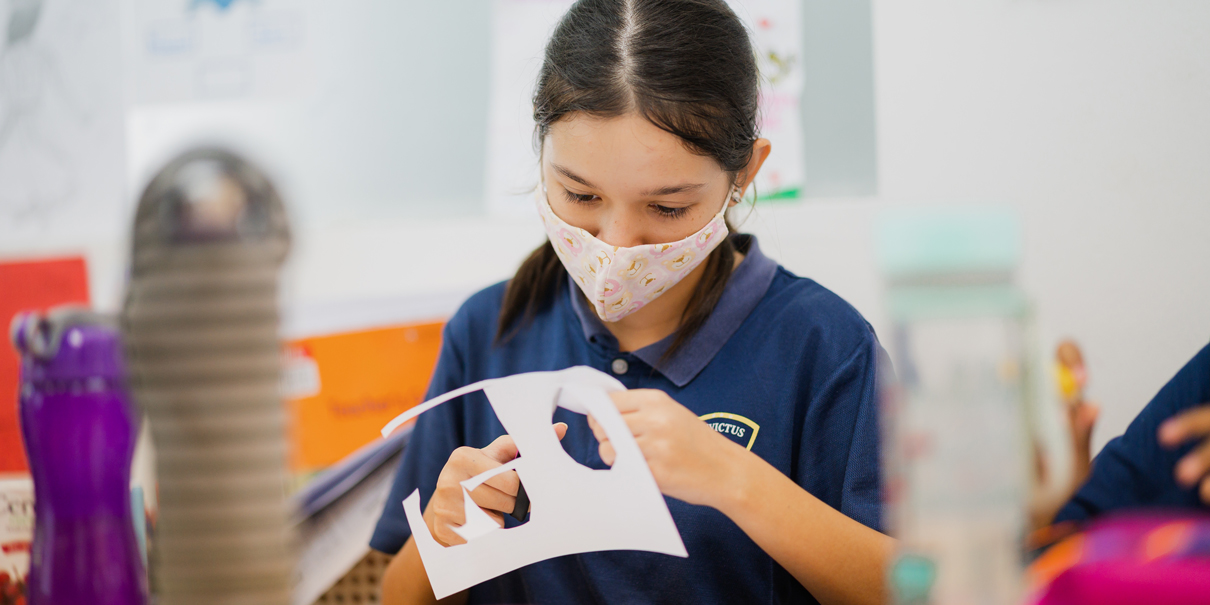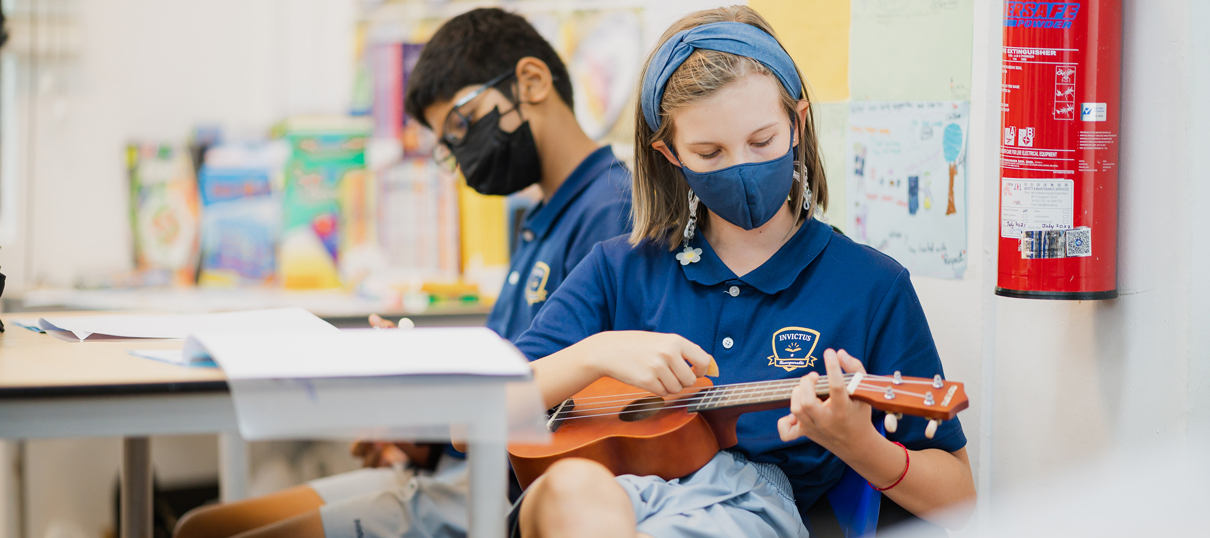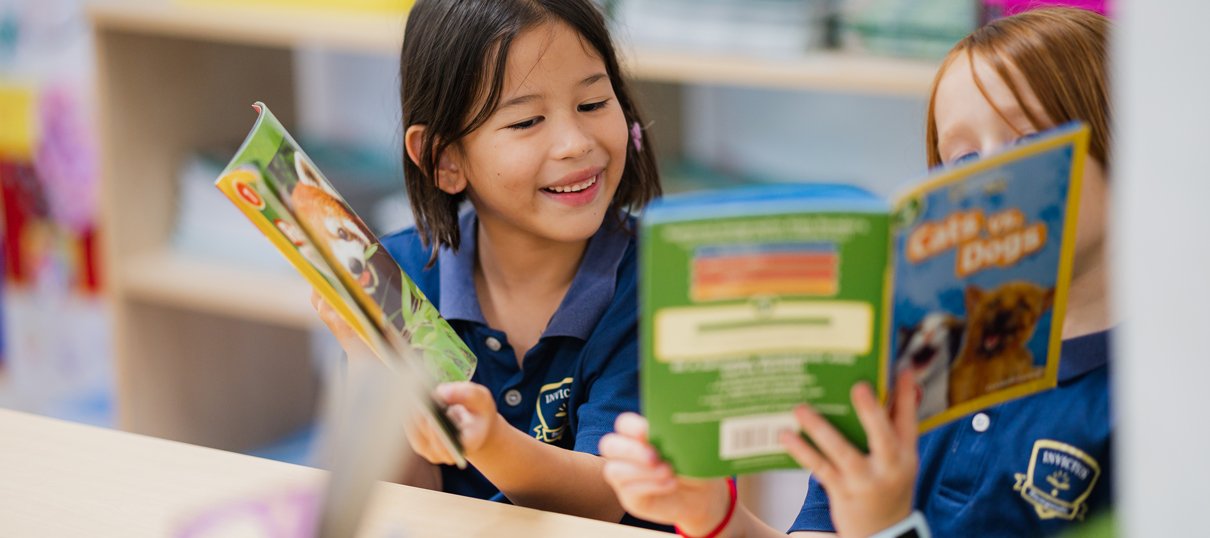- Bukit Timah
- Centrium Square
- Dempsey Hill
- Singapore
What is Experiential Learning and How It Benefits Your Child

The world that we live in today is dynamic and ever-changing. The process of learning is also evolving. Many online classes and specialised skill workshops are readily available for employees to obtain new knowledge in today's modern workplace. Because of this, employers are prioritising soft skills in the real world over mere content knowledge. Soft skills such as self-initiative and adaptability are just as valuable as academic qualifications.
But how do students learn such skills? As technology develops and more work is being assigned online, experts suggest that children understand such skills when they engage in physical and hands-on experiences instead of immersing themselves in virtual reality.
As a learning process, experiential education allows students to gain a deeper understanding through hands-on activities. As learners participate in various experiential learning activities, it also provides them chances to apply critical thinking and problem-solving skills. As students interact with other students, they also learn soft skills such as teamwork and taking initiative. Let's have a closer look at experiential learning.
What is Experiential Learning
"Tell me and I forget, teach me and I may remember, involve me and I learn".
The experiential learning process is neatly summarised in this quote by Benjamin Franklin. Essentially, it is defined by psychologist David Kolb as "the process whereby knowledge is created through the transformation of experience. Knowledge results from the combinations of grasping and transforming the experience."
Experiential learning theory proposes that for students to learn something, they need to immerse themselves in a concrete experience which leads to forming abstract concepts of the skill. Thereafter, the educator guides learning by allowing opportunities for active experimentation and reflective observation as students participate in hands-on tasks.
That does not mean jumping into a task straightaway. Well-crafted experiential learning opportunities allow students to consider which learning style works best for what they wish to learn. For instance, for a student to engage in an inquiry process to find out how lightbulbs work, they can choose to read about the subject. They can also choose to observe how lightbulbs work or start dismantling a lightbulb straightaway. So, there's more than one solution when it comes to hands-on learning. Therefore, experiential learning represents a shift away from teacher-centric approaches and puts the learner in the front seat.

Benefits of experiential learning
Here are five distinct benefits experiential learning has over the traditional classroom, teacher-centric methods.1. Students can immediately apply knowledge
Learners can apply what they've been taught to solve real-world challenges as they have direct experience with the task. With experiential learning, students immediately test their knowledge of underlying principles, processes, and procedures. They can test and adjust their practice to achieve the best outcome through reflection and feedback.2. Students get access to real-time coaching and feedback
Experiential activities emphasise hands-on learning, and so students are always guided through focused coaching. Post-activity, reflection, and feedback are integral. The analysis helps students unpack why their solutions did not work. It also helps them to gain a better understanding of their own responses to learning. For students who fear mistakes, experiential learning is a gentle, guided approach to let them know that mistakes are part of the learning process.3. Students learn teamwork and communication skills
With experiential learning, students engage in activities with their teammates to solve creative problems. Often these involve practising leadership and cooperation skills as students help each other. In addition, many different industries and higher education institutes such as medicine and engineering often require students in a team to work and learn together. By exposing your child to more experiential learning experiences, you're also helping them to adapt in the future.4. Students develop reflective practice habits
The gold standard in education is a person who can self-monitor the effectiveness of his plan, anticipate outcomes and develop contingency plans. We often refer to these people as "experts." They are experts because they have had more experience, received more coaching than non-expert and incorporated specific thinking disciplines into everyday practice. In addition, experiential learning helps accelerate the journey from novice to expert. With these valuable habits, the student can adapt these skills to learn anything even as they grow older.5. Students achieve a sense of success as accomplishments are obvious
Learners can improve, and know they have improved, because of the feedback loop created by problem-solving, feedback and practising again. In a traditional classroom setting, learners often do not know if they are on the right track until they take a graded exam.
How Experiential Learning is Applied in Classrooms
So, as a parent, you're convinced that experiential learning will benefit your child. What activities should you look out for when you are choosing schools?Classroom Activities
Examples of experiential learning activities in the classroom include group work in and out of the school, open-ended discussion activities, and active and open-ended questioning guidance.One example is when teachers set work that encourages self-directed project-based learning. For example, instead of merely lecturing about how batteries work in Science, students have the opportunity to build a battery-operated mechanism for themselves.
But also, experiential learning includes incorporating concrete experiences such as cultural exchanges, museum tours, field trips for conservation, physical education, or having students explore career opportunities.
Schoolwork/assignments
Regarding schoolwork or take-home assignments, the facilitator presents a creative problem and then allows the student freedom (with guidance) to apply critical thinking to come up with a unique solution.Each take-home assignment is a chance for students to research or reflect on the approach that they would take. If it is a group activity, it also reminds the students to utilise project management skills as they need to communicate and set deadlines. In the classroom, the facilitator can then observe and guide learning. As a result, issues and misunderstandings can be addressed directly as part of the learning process, making it a far more active problem-solving process.
Experiential learning is not new. It may have different names in education worldwide, such as flexible learning, service learning, community service, community engagement, or outdoor teaching.
How Invictus Singapore applies experiential learning
According to Organisation for Economic Co-operation and Development(OECD), future education needs to focus on initiatives that allow students to solve real-world problems. This will see students actively make decisions, and reflect on the outcomes of their learning actions and decisions.Over at Invictus International School, experiential learning is an integral part of the curriculum here.
Our educators utilise curriculum that prioritises lifelong, self-directed learning for all our subjects. In this digitally driven world, the ability to learn and unlearn will be paramount for our students to succeed. So, if you're interested in seeing how Invictus does it, book a school tour with us today.
